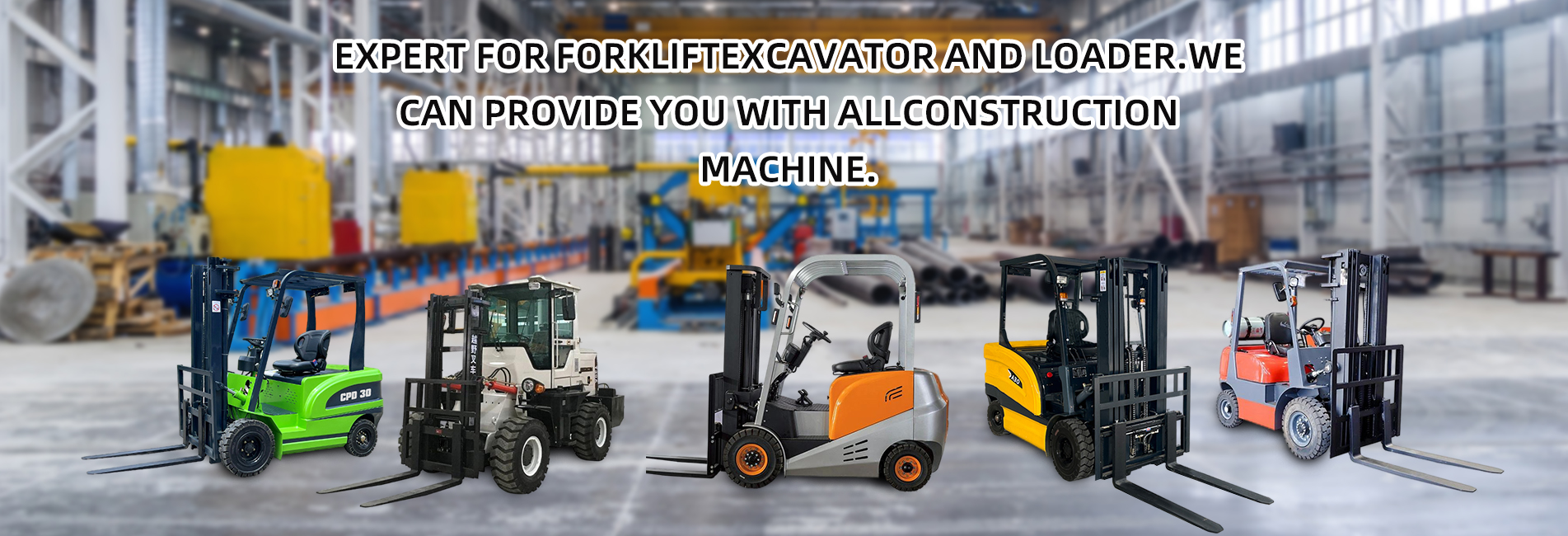Core Logic for Selecting Electric Forklift Batteries
The core logic for choosing electric forklift batteries lies in matching based on four dimensions: "usage duration, operation intensity, environmental conditions, and budget". For single-shift low-intensity operations, lead-acid batteries are preferred; for multi-shift high-intensity operations or special environments, lithium iron phosphate (LFP) batteries are the choice.

I. Core Judgment Dimensions (Clarify Your Own Needs First)
II. Typical Scenarios and Battery Matching Solutions
| Application Scenario | Recommended Battery Type | Key Reasons |
|---|---|---|
| Small warehouses / Single-shift operations (4-6 hours per day) | Lead-acid batteries (AGM / Flooded) | Low initial cost, simple maintenance, meets basic endurance needs, and offers the highest cost-effectiveness. |
| Medium-sized warehouses / Double-shift operations (8-10 hours per day) | Lithium iron phosphate (LFP) batteries | Support fast charging and opportunity charging, no need for battery replacement, reducing downtime. |
| Logistics centers / Multi-shift high-frequency operations (≥ 10 hours per day) | Lithium iron phosphate (LFP) batteries | Long cycle life (over 3,000 cycles), zero maintenance, and lower total cost of ownership (TCO) in the long run. |
| Cold storage / Low-temperature environments (-20℃~0℃) | Lithium iron phosphate (LFP) batteries | High low-temperature capacity retention rate (over 70%), while lead-acid batteries only have about 50%, avoiding sudden endurance drop. |
| Outdoor / Humid and dusty environments | Sealed lithium iron phosphate (LFP) batteries / AGM lead-acid batteries | Sealed design prevents liquid leakage and corrosion, no need to worry about environmental impacts. |
| Limited budget / Short-term use (≤ 3 years) | Flooded lead-acid batteries | Lowest entry cost, mature maintenance process, suitable for temporary transition or low-frequency use. |
| Heavy-load forklifts (> 5 tons) / Frequent climbing | Lithium iron phosphate (LFP) batteries | High energy density, stable discharge, and can continuously provide the power required for heavy loads. |


